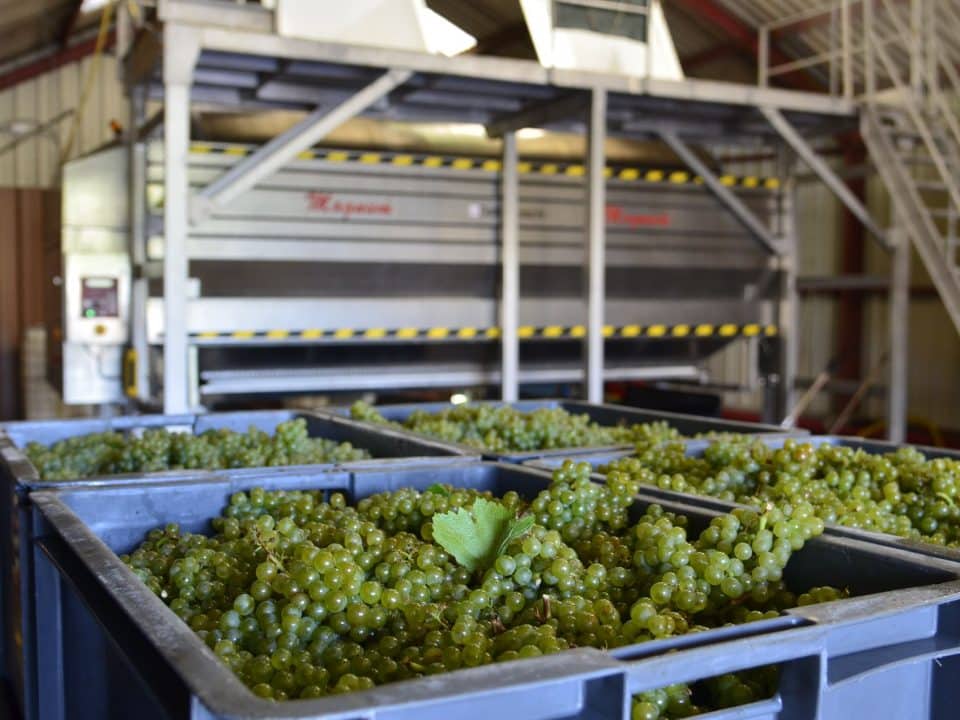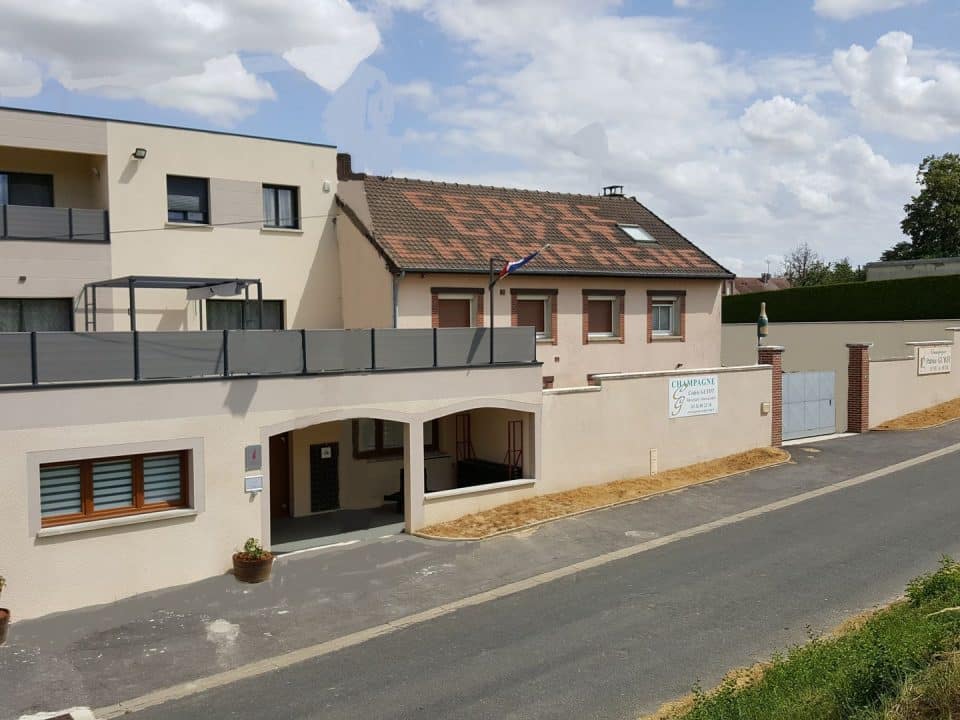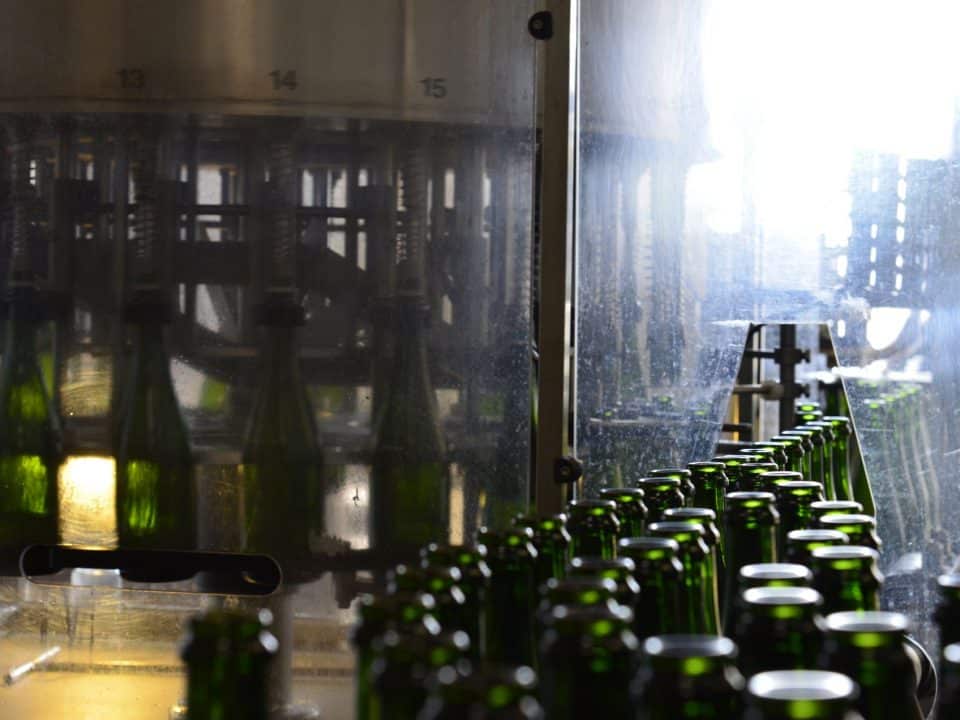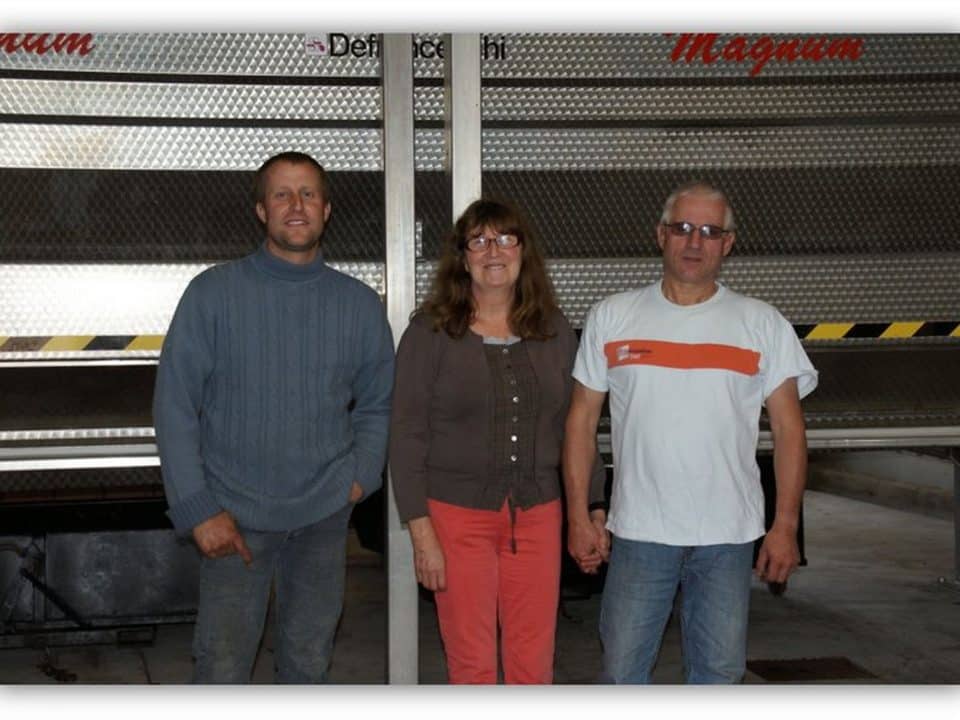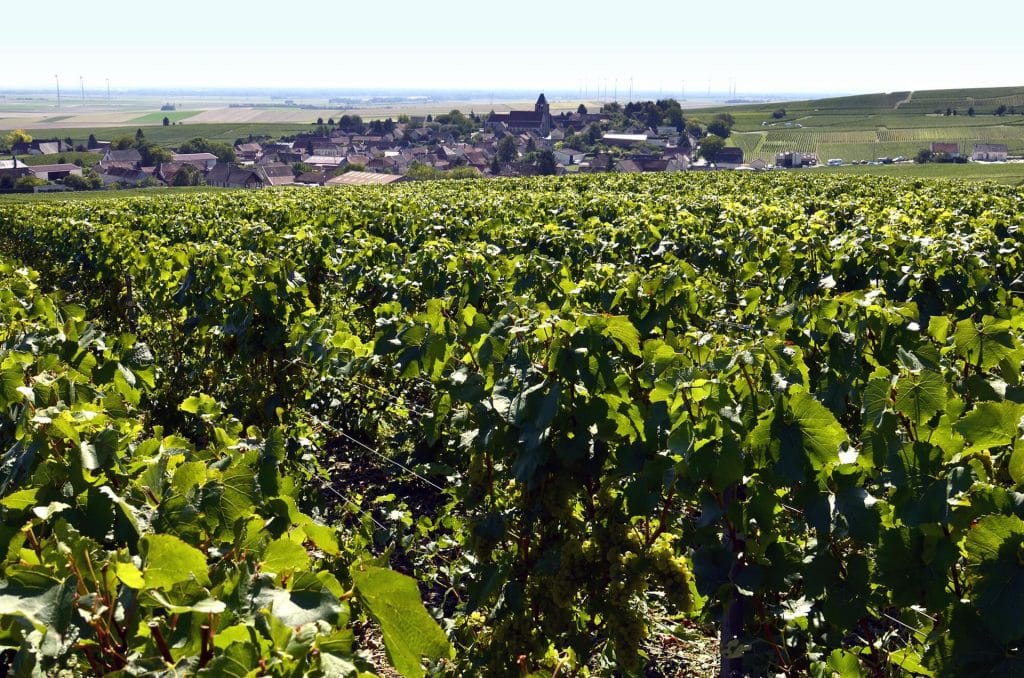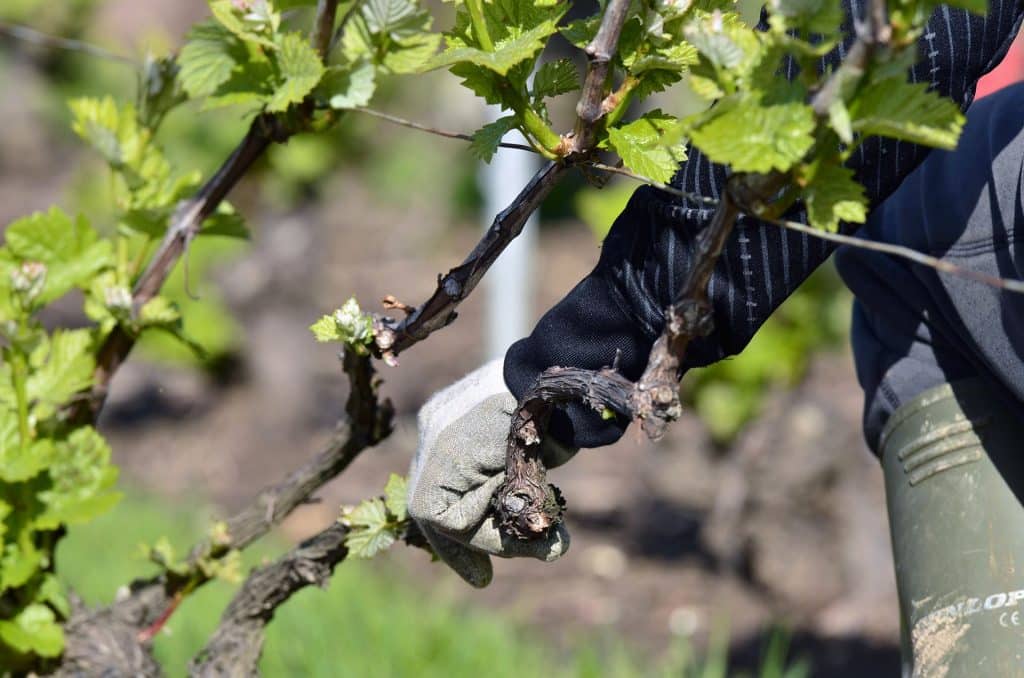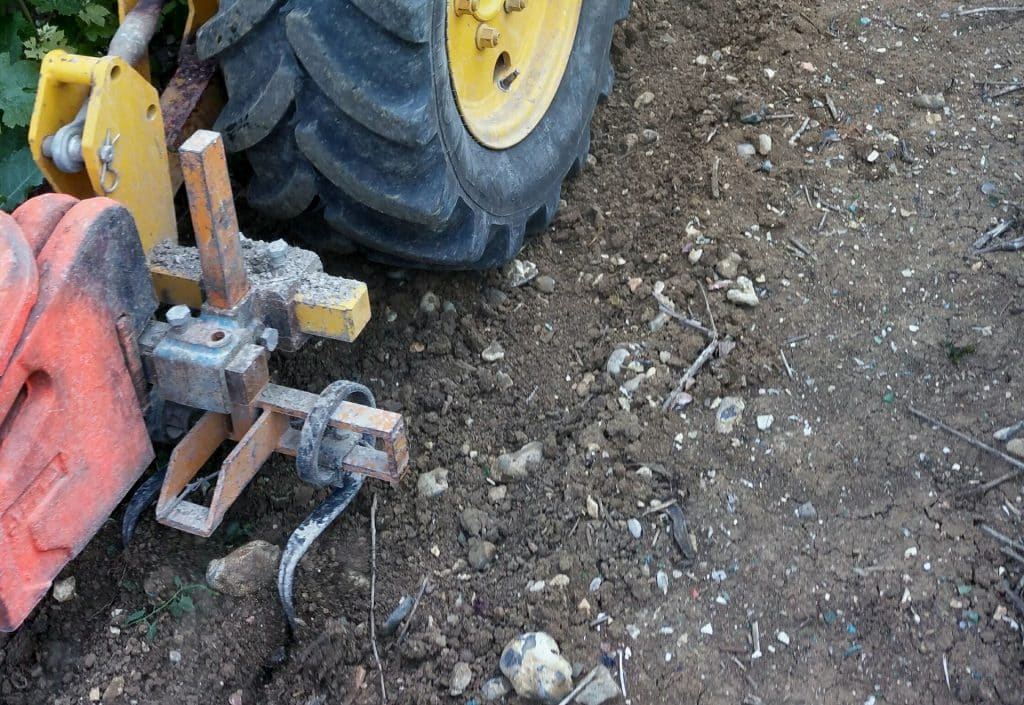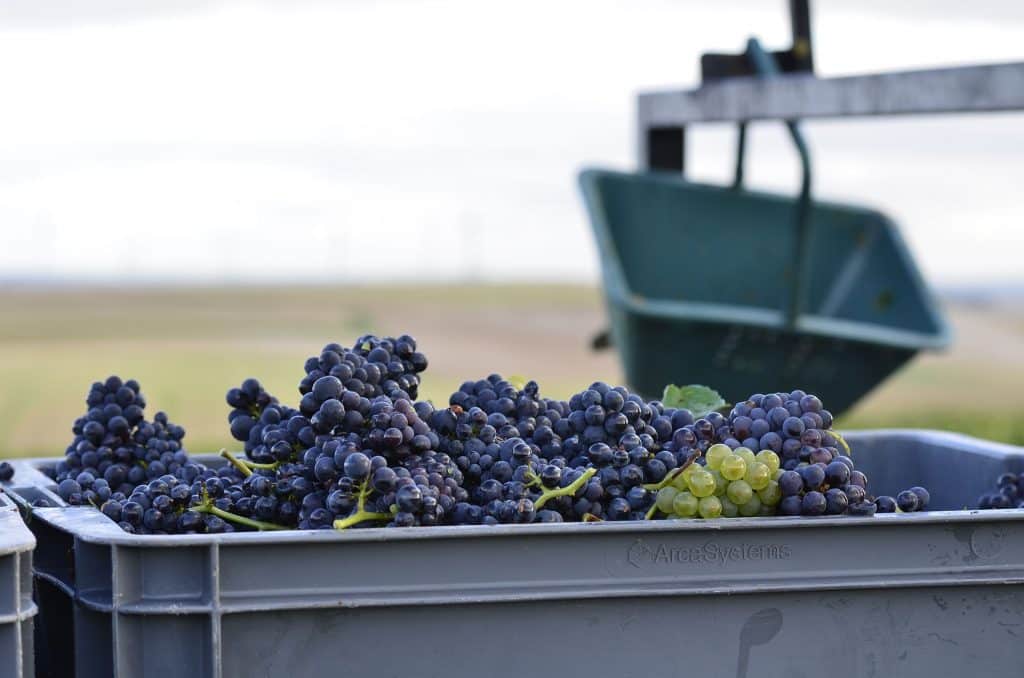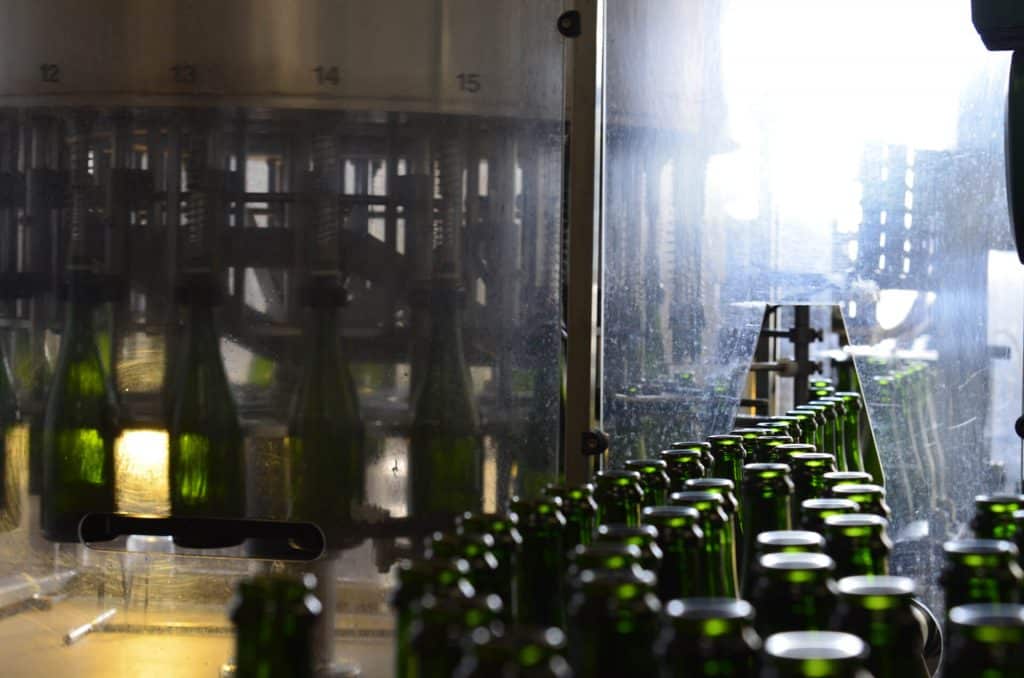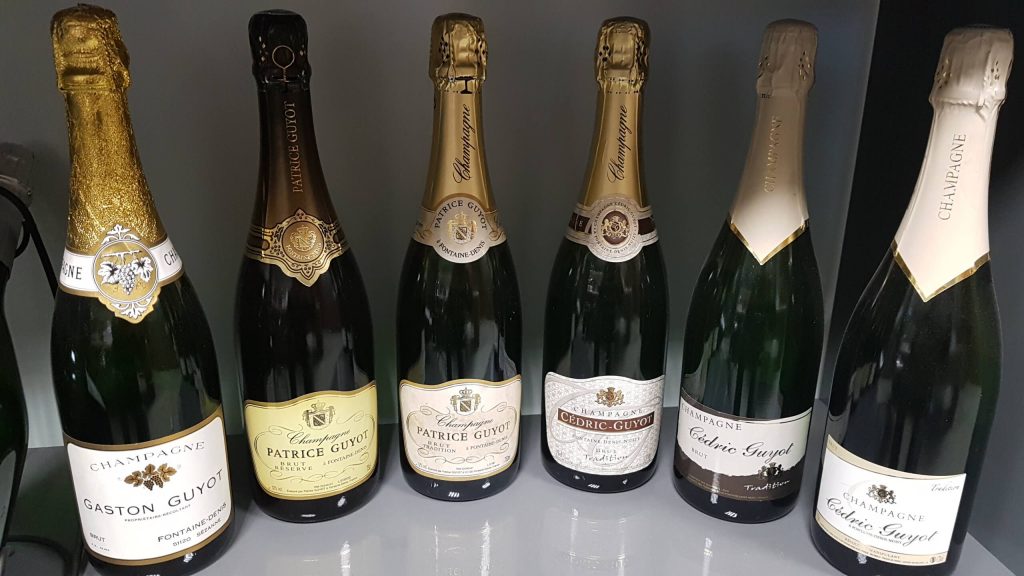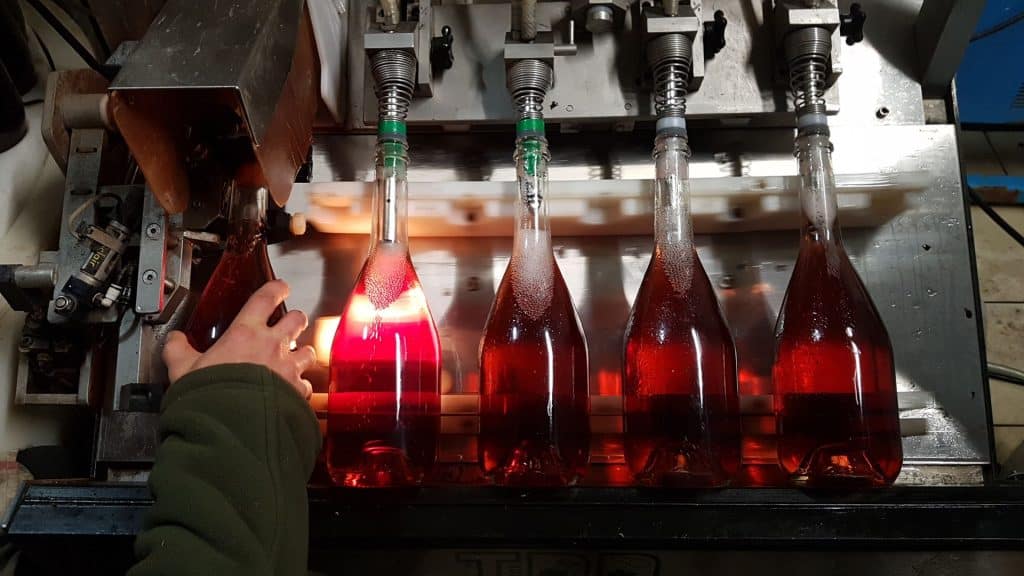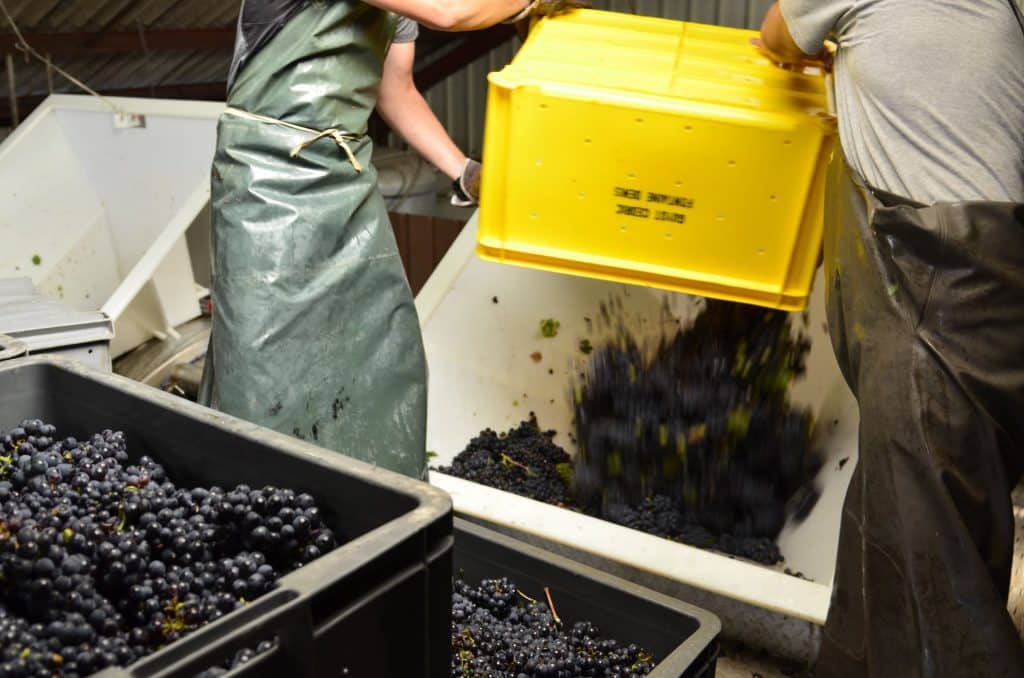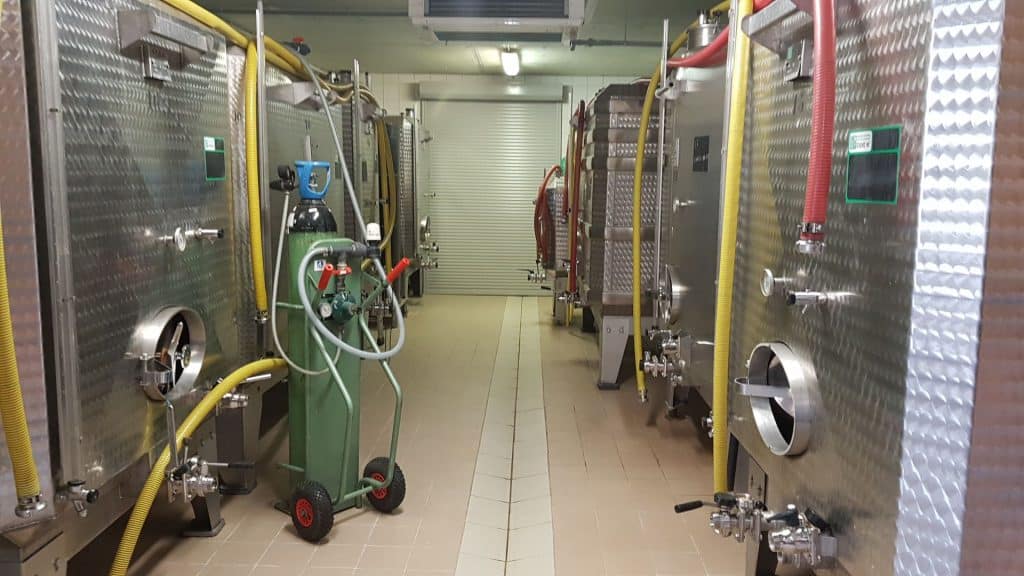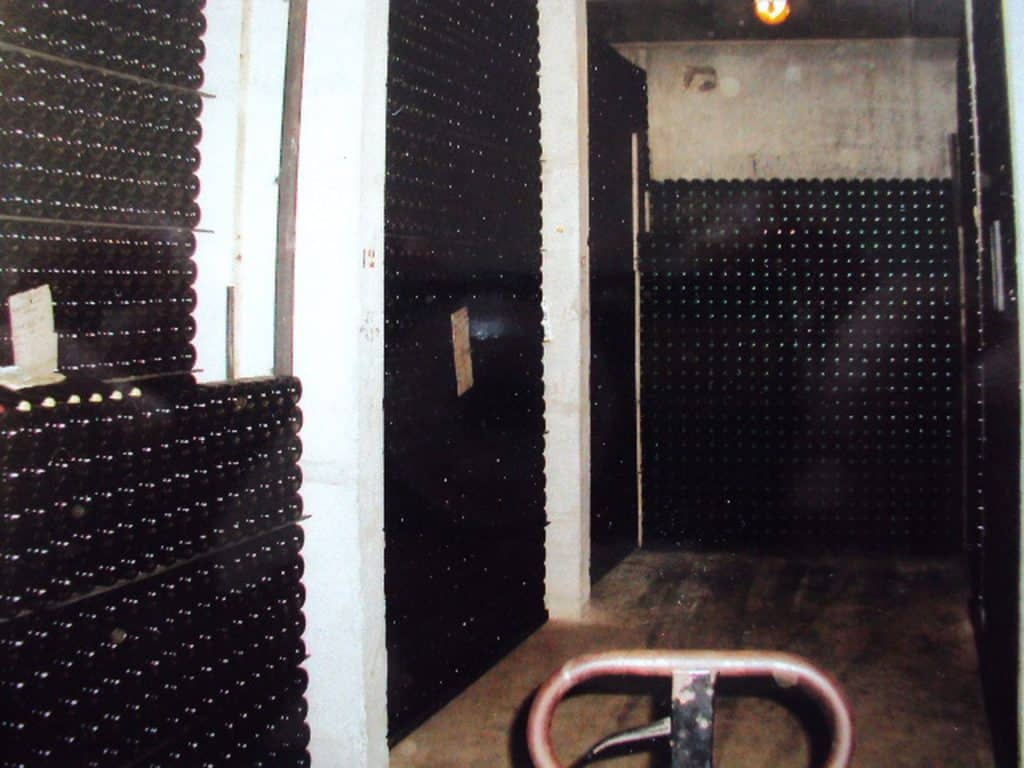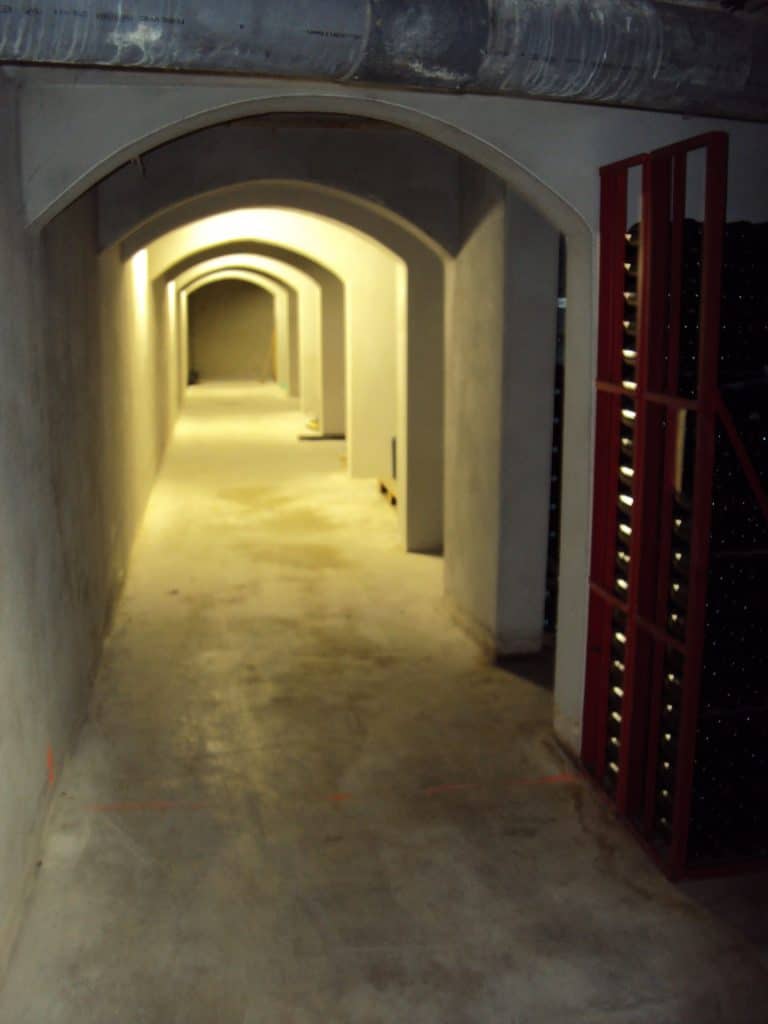Champagne Guyot has been a family winery since the 1960s. It is located in the Champagne region “Côte de Sézanne” in the southwest of the Marne.
The vineyard of our exploitation, mainly on Fontaine Denis Nuisy, is populated with Pinot Noir and Chardonnay grape varieties. We cultivate each of our vines with respect for tradition and the environment (certified sustainable viticulture in Champagne and High Environmental Value).
All stages of winemaking and handling are carried out in the very center of our vats and cellars. The development of our wines is based on the balance of fruitiness and finesse, thanks to prolonged aging on slats. Thus, each of our cuvées are worked differently in order to find the best balance
Our family has cultivated vines for several generations.
From 1965, Gisèle and Gaston GUYOT continued to expand the vineyard to start selling their grapes. In 1970, they market their first bottles.
In 1973, Liliane and Patrice GUYOT expand and cultivate the family vineyard. They took over the press from Gisèle and Gaston in 1981 and marketed their Champagne in 1985.
In 2004, Cédric GUYOT took over the know-how of the family estate.
It was in 2006 that “Champagne Cédric GUYOT” offered you the legendary vintages of the estate.
Our 5.6 ha vineyard extends mainly over Fontaine-Denis-Nuisy around the farm. We have a few plots in neighboring municipalities.
From November until March / April
From November until March / April, the vine rests, it is dormant.
Work to be carried out : pre-pruning, pruning, grinding of vine shoots, tying, lowering the threads.
From March / April to May
From March / April to May, the vine wakes up and the buds come out.
Work to be carried out : supply of nutrients, soil preparation, grassing of plots, disbudding, first lifting of threads.
From May to July
From May to July, the vine grows in twigs, the grapes appear and grow.
Work to be carried out : second lifting of wires, trellising, topping, soil maintenance. From July to August, the grapes color and ripen. Work to be done: trimming, maintaining foliage.
From July to August
From July to August, the grapes color and ripen.
Work to be done: trimming, maintenance of foliage.
From September to October
From September to October, once the grapes are ripe, they are harvested.
After a year of work in the vineyard, in September, we collect the harvest. The grape pickers manually pick the mature grapes to put them in crates.
Once at the pressing center, the box pallets are weighed and then poured into the 8000 kg press. The press lasts between 3 to 4 hours.
The musts are then pumped into the vats to be settled there (filtration by precipitation) and launched in alcoholic fermentation. This lasts about a week.
When this fermentation is finished, we carry out the rackings(extraction of the fermentation lees) and then, if necessary, start the Malolactic fermentation (transformation of the malic acids into lactic acids). This lasts about three weeks.
The wines are racked a second time and then refrigerated at -4 ° C before being filtered
We assemble the wines before bottling. During these blends, we also prepare the wines for the second alcoholic fermentation which will take place in the bottle. This is called the prize de mousse. This lasts about a month. The wine which was then still will become effervescent
We assemble the wines before bottling. During these blends, we also prepare the wines for the second alcoholic fermentation which will take place in the bottle. This is called the prize de mousse. This lasts about a month. The wine which was then still will become effervescent
The bottles are put on slats in our cellars to age quietly on their deposit.
When the Champagne has reached the most harmonious balance, we handle it bottle by bottle to pass it to the riddling(consists of directing the deposit into the neck of the bottle)
Then we disgorged it. Disgorging is when we remove the deposit from the bottle and add the shipping liquor. The added dose of liquor will make the champagne brut, semi-dry, plain
Do you want information ?
